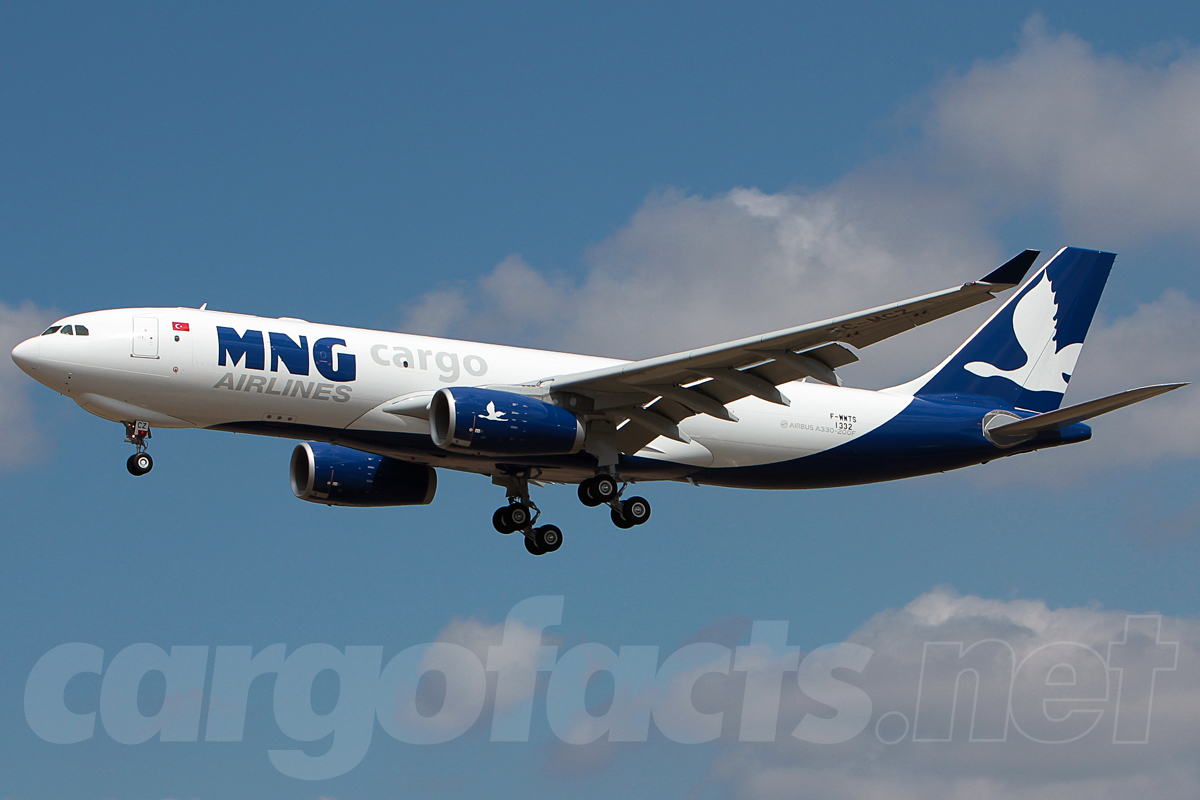In a tough first half, the pain was not shared equally

But the first half was not equally bad for everyone, and it is interesting to look at a few individual results. Three of the traditional market leaders – Air France-KLM, Lufthansa, and Cathay Pacific – all did badly in the half:
- Air France-KLM reported cargo revenue down 5.0% to EUR1.42 billion and cargo traffic down 6.5% to 5.26 billion RTKs
- Lufthansa Cargo reported cargo revenue down 10.0% to EUR1.35 billion and cargo traffic down 8.5% to 4.36 billion RTKs
- Cathay Pacific reported cargo revenue down 7.6% to US$1.53 billion and cargo traffic down 10.1% to 4.32 billion RTKs
Contrast this with the record first half cargo performance at Abu Dhabi-based Etihad Airways, which reported cargo revenue up 11% and cargo volume up 21%. Or Dubai-based Emirates, which saw cargo revenue rise 8.4% in its last full fiscal year. Or with Dubai’s airports, which handled 8.9% more cargo in the first half of 2012 than in 1H11. Note also that while Cathay saw cargo traffic fall 10% in the first half, Hactl, which handles most of the cargo at Cathay’s home airport in Hong Kong, handled just as much cargo in 1H12 as in 1H11.
The picture painted by this data is clear: While overall demand for international air freight has weakened, the expansion-minded carriers of the Gulf region have increased their share of what remains, while some of the traditional market leaders have seen their shares erode.
Today’s blog is expanded from the current issue of Cargo Facts. Those of you who do not already subscribe to the the monthly printed Cargo Facts newsletter, and its companion the weekly emailed Cargo Facts Update, can click here for more information.

But the first half was not equally bad for everyone, and it is interesting to look at a few individual results. Three of the traditional market leaders – Air France-KLM, Lufthansa, and Cathay Pacific – all did badly in the half:
- Air France-KLM reported cargo revenue down 5.0% to EUR1.42 billion and cargo traffic down 6.5% to 5.26 billion RTKs
- Lufthansa Cargo reported cargo revenue down 10.0% to EUR1.35 billion and cargo traffic down 8.5% to 4.36 billion RTKs
- Cathay Pacific reported cargo revenue down 7.6% to US$1.53 billion and cargo traffic down 10.1% to 4.32 billion RTKs
Contrast this with the record first half cargo performance at Abu Dhabi-based Etihad Airways, which reported cargo revenue up 11% and cargo volume up 21%. Or Dubai-based Emirates, which saw cargo revenue rise 8.4% in its last full fiscal year. Or with Dubai’s airports, which handled 8.9% more cargo in the first half of 2012 than in 1H11. Note also that while Cathay saw cargo traffic fall 10% in the first half, Hactl, which handles most of the cargo at Cathay’s home airport in Hong Kong, handled just as much cargo in 1H12 as in 1H11.
The picture painted by this data is clear: While overall demand for international air freight has weakened, the expansion-minded carriers of the Gulf region have increased their share of what remains, while some of the traditional market leaders have seen their shares erode.
Today’s blog is expanded from the current issue of Cargo Facts. Those of you who do not already subscribe to the the monthly printed Cargo Facts newsletter, and its companion the weekly emailed Cargo Facts Update, can click here for more information.





